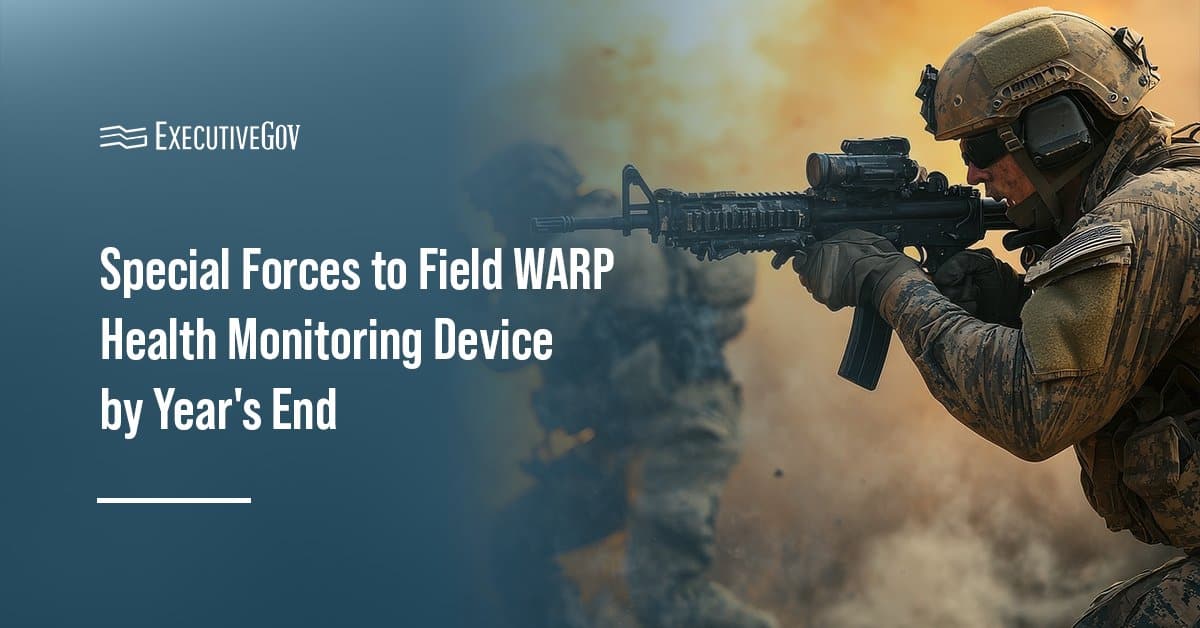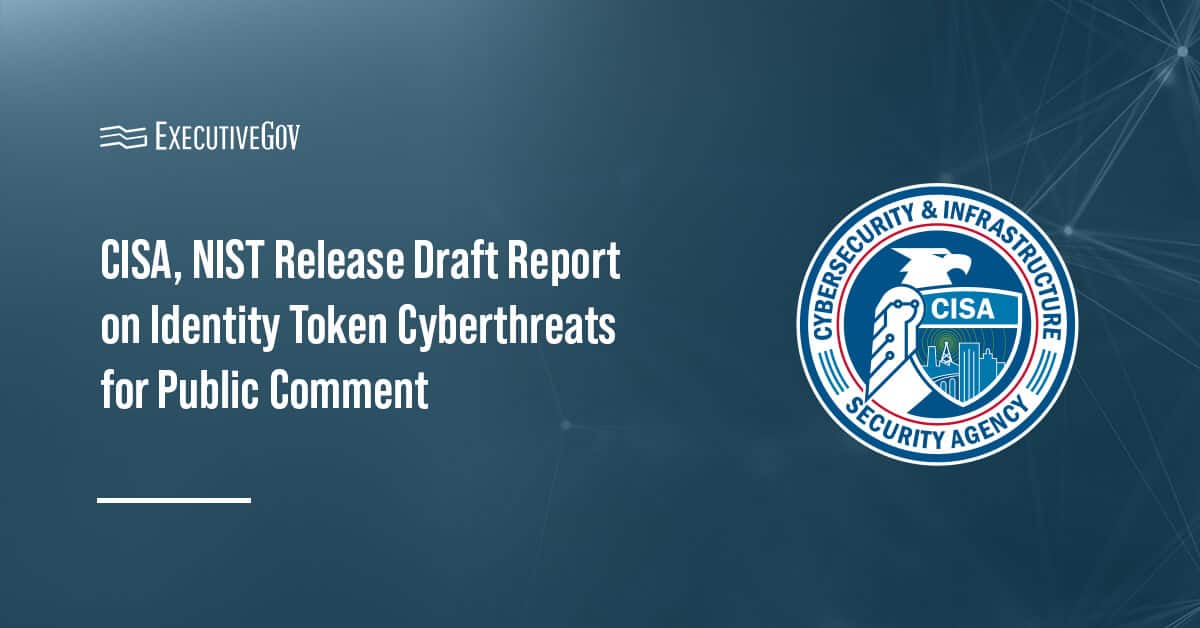Special operations forces, or SOF, will test the Wearable All-hazard Remote-monitoring Program, shortened to WARP, a device that can monitor vitals and warn command posts when an operator is exposed to dangerous chemicals and gases, by the end of 2025.
In an interview, Steve Carrig, product lead for strategic acquisitions at the Joint Program Executive Office for Chemical, Biological, Radiological and Nuclear Defense, or JPEO-CBRND, said WARP integrates “sensors that warfighters are able to carry around and do that chemical sensing.”
“So you’re not only using the the physiological market signs that you’re detecting, you know, heat, stress, fatigue, etc, but then you’re combining it with that environmental monitor as a separate data stream to really inform the subject matter experts that are there in a tactical environment to say, ‘I’ve got this sensor over here going off with this individual and their heart rates spiked,” he told Breaking Defense.
Army’s WARP Wearable Device
WARP is being developed by LifeLens Technologies, a Warminster, Pennsylvania-headquartered company that specializes in health monitoring equipment.
In January 2024, Carrig’s team began exploring wearable devices under a rapid acquisition effort. The team eventually selected LifeLens’ product offering for its comfort and convenience.
“You may have the most amount of information you could ever possibly have on a wearable, but if an individual is not going to wear it for comfort reasons, then you’re kind of at a loss,” the official explained.
WARP is equipped with 25 tiny monitors and a fob-sized gateway that enables distributed sensor fusion. It can be attached anywhere on the body, but it is usually worn on the chest, according to Carrig.
The wearable sends information to MRI Global’s data visualization tools, which combine data from various sources into a tactical awareness kit that would enable end users and subject matter experts to see a wholistic view of a warfighter’s condition.





